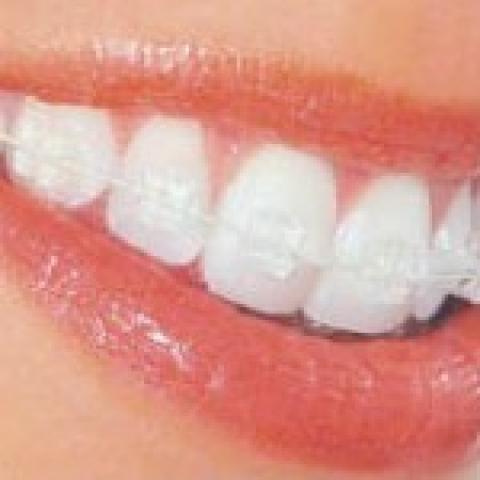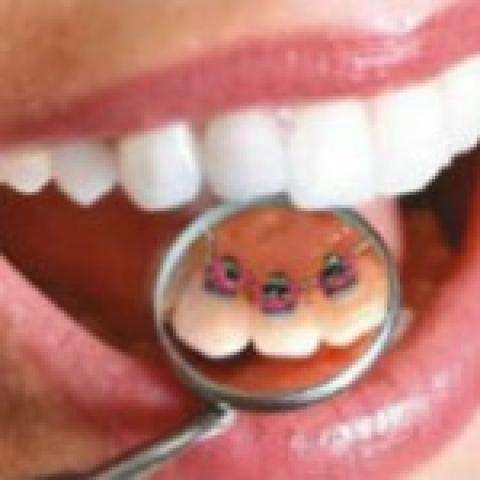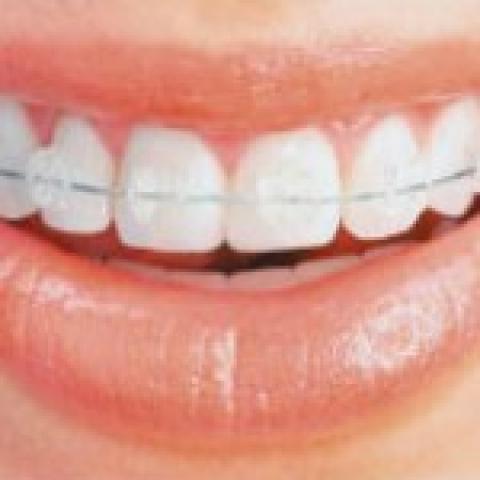Orthodontic Dentistry
Methods of orthodontic treatment (from Greek orthos meaning straight and odus, odontos meaning teeth) are used for treating the maxillofacial anomalies, which have been proven to be a result of functional disorders or cosmetic defects. These include: irregularities of tooth form, quantity, structure, position, bite dates, growth and development as well as birth defects, irregular jaw position and deformation and joint anomalies. Bite is a certain relationship between the lower and upper teeth. There exist physiological and pathological bite forms. As far as the bite is fully formed by the age of 13-14, it is quite easy to “spoil” it by ignoring maintenance of timely preventive measures. It is certainly possible to correct the bite in later years, yet, much more vital measures will be required starting from the bracket system and ending with dento-facial surgeries. If previously orthodontia was thought to be only for children and teenagers, today adults and even older people, whose bite had long been formed, seek an orthodontist’s help.
Placement of a bracket-system
As a rule, children up to the age of 10-13 are treated with special removable appliances since the correction of children’s bite is easily reached with the help of plates and occlusal splints. The clinical picture in teenagers and adults is slightly different, their bite has been already formed and the treatment without placement of a fixed bracket-system is impossible. Depending on the condition of teeth, brackets are to be used from 1 to 3 years with constant control over the treated layer. Treatment with bracket-system requires extra caution both while eating and maintaining oral hygiene. Follow your doctor’s orders and instructions and you will acquirea beautiful smile and healthy teeth.
Brackets are recommended if:
- Visible spaces between the teeth are present (trema and diastema).
- Teeth must be tightened in case of irregular teeth eruption,.
- Teeth must be shifted if required (including the case of a tooth loss)
Types of brackets
- Metal
- Ceramic
- Sapphire
- Invisible (incognito)
The most popular brackets are believed to be ceramic ones, and metal brackets are simply more accessible. Invisible brackets cannot be seen in the mouth as they are attached to the inner surface of the teeth. If for any reason the placement of Incognito brackets is not possible, the best option is sapphire brackets. Their structure does not differ from the one of ceramic brackets with the exception of locks which are made of transparent material and are less noticeable.





